Intraoral Imaging
Digital imaging diagnostics are a critical part of the oral care process. Intraoral imaging is one of the most common components of an X-ray diagnostic process in dentistry. During this process, an image receptor is placed inside the patient’s mouth and remains stationary while capturing clear radiographic images through X-ray exposure. These images are viewed by our dentist on either a monitor or tablet. Using this system allows us to obtain high-quality images of each patient’s teeth and jaw. This allows us to make the best decisions regarding treatment approaches while relaying the visual information to the patient in a comprehensive manner.
How It Works
Using an intraoral imaging system, your dentist will incorporate a technique known as ‘paralleling’. This method involves placing an X-ray film parallel to a tooth or teeth and using the intraoral sensor to scan perpendicularly. Films can be placed at a variety of angles and in a multitude of locations, each time re-angling the sensor in order to achieve the highest quality image. This can be done quickly, producing images nearly instantaneously.
What is It Used For?
Intraoral imaging systems are used to aid a variety of diagnostics including assessing inflammation of the gums, producing dental views of the bitewing, occlusal, full mouth, and periapical, as well as determining an endodontic file location. This system is not only used by dentists, but also orthodontists, periodontists, prosthodontics, and oral surgeons.
Benefits for Patients
When we can be faster, more efficient, and provide a visual aid to our patients, both parties benefit. High-quality imaging systems guarantee contrast and spatial resolution of images, which allows us to maintain our high standards of excellent customer service and care.

